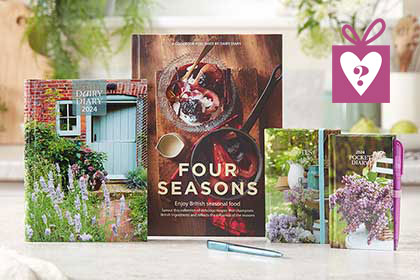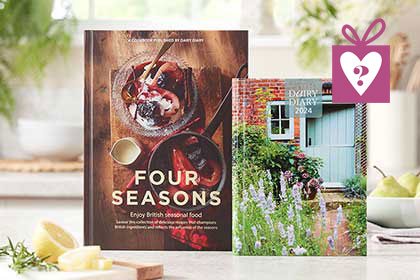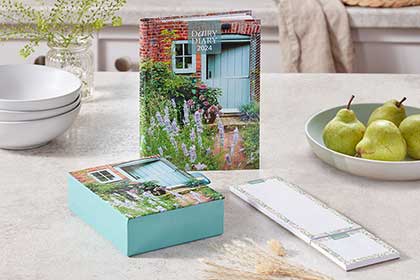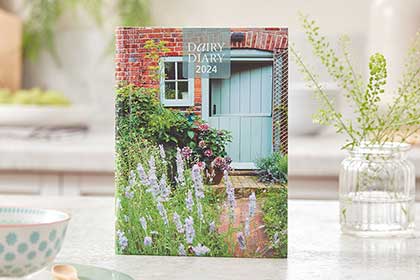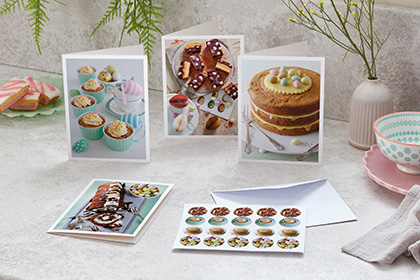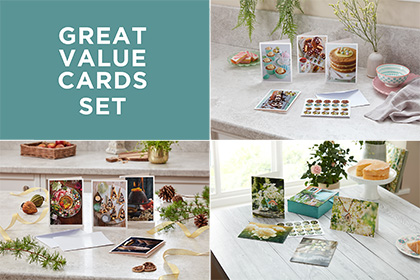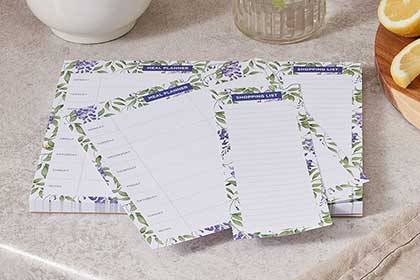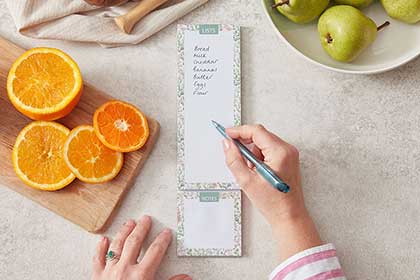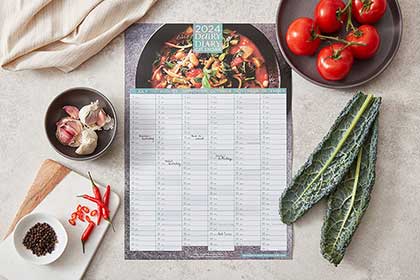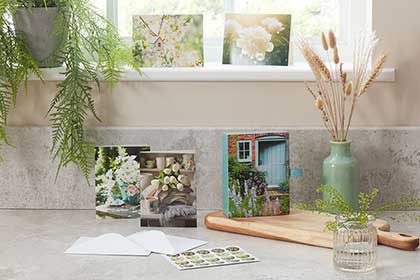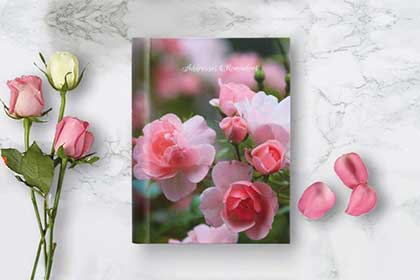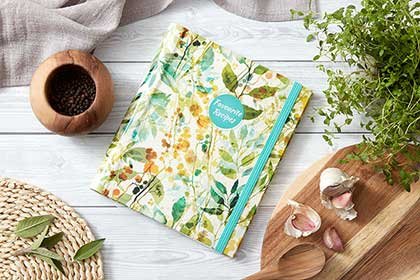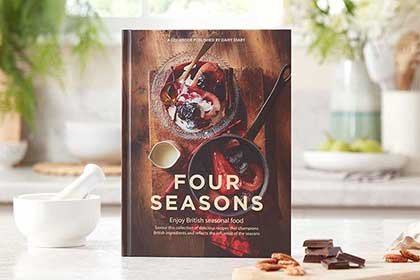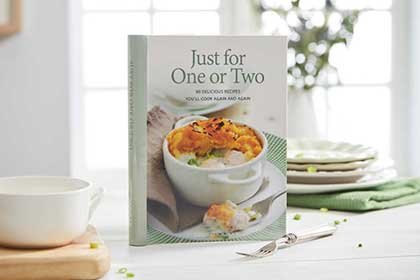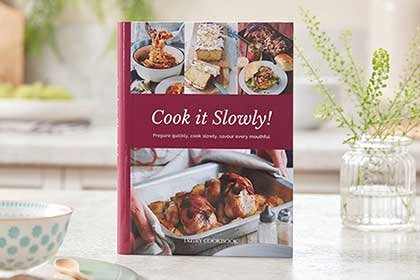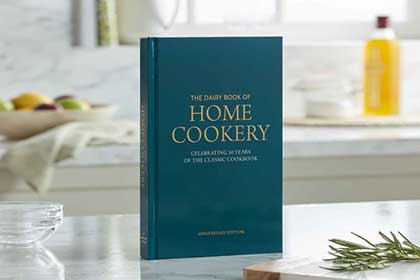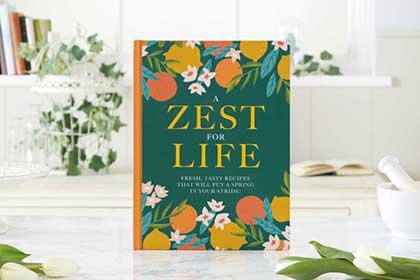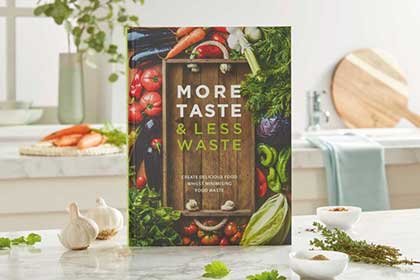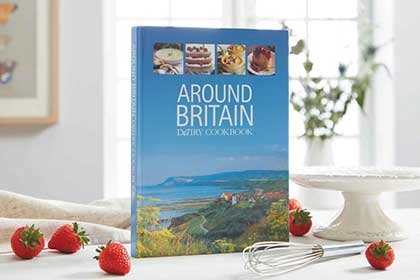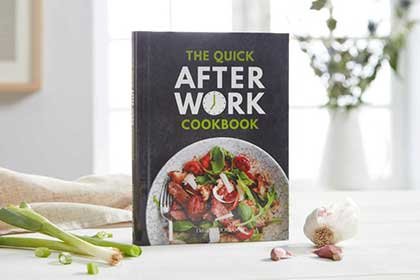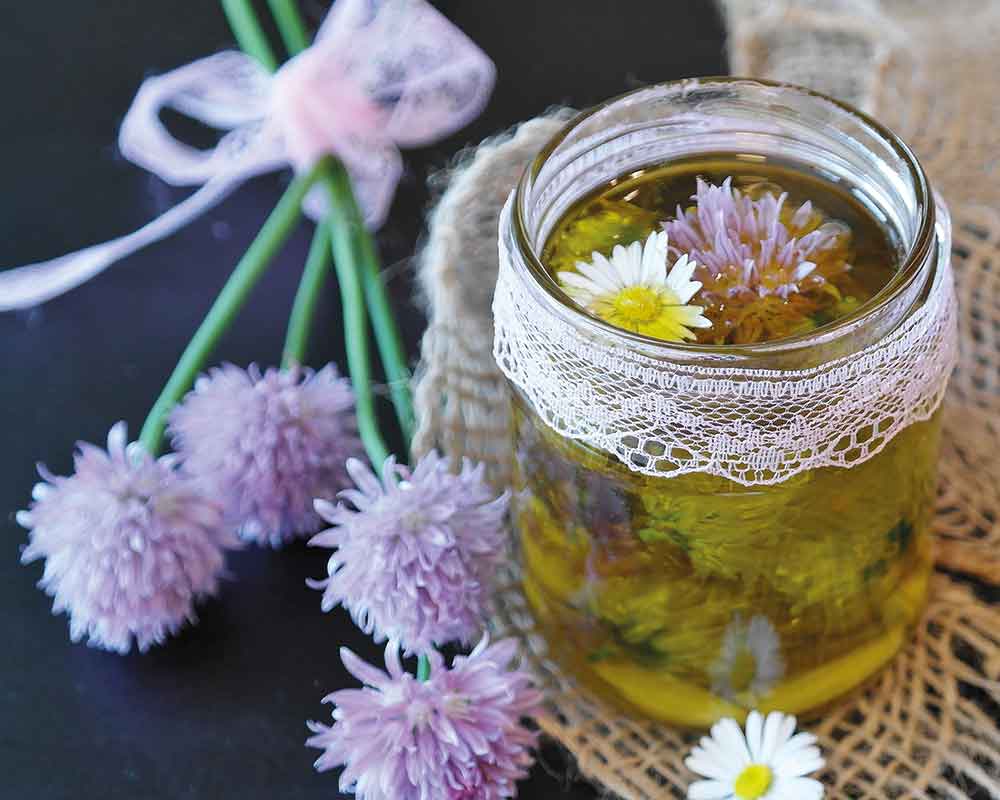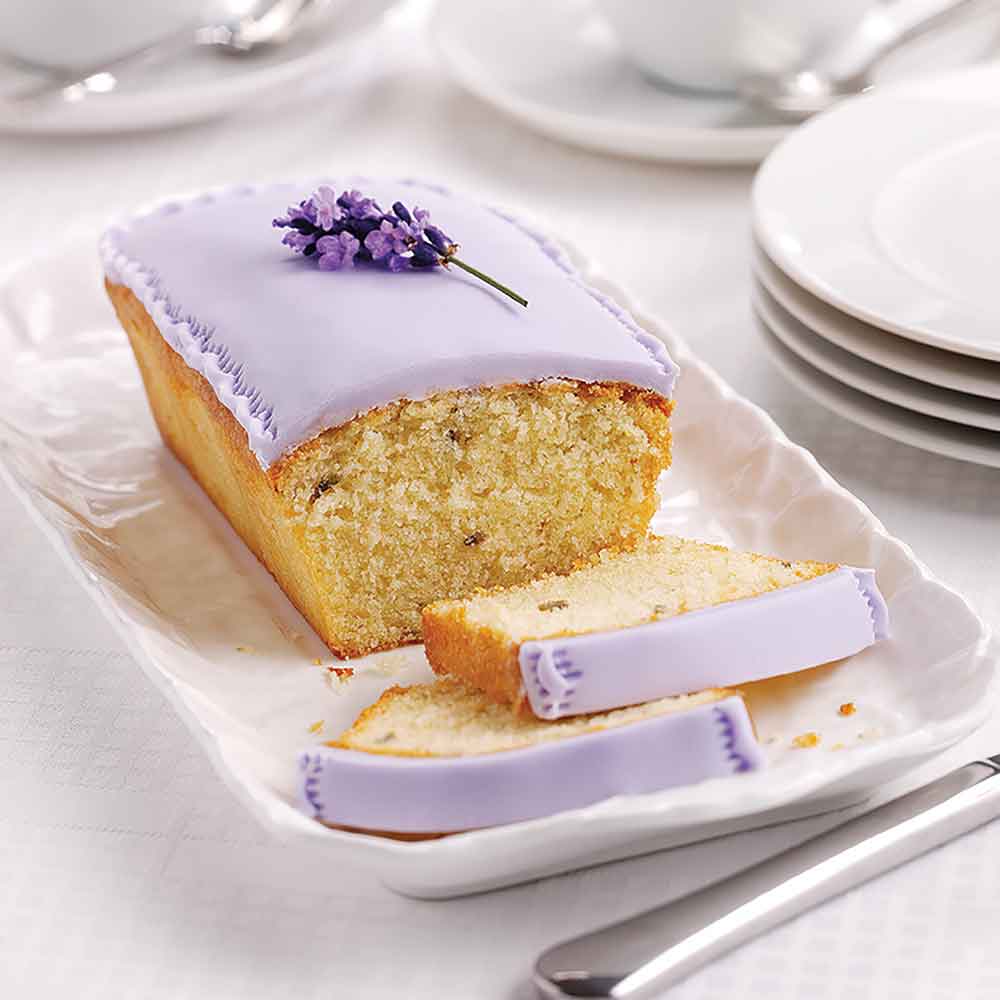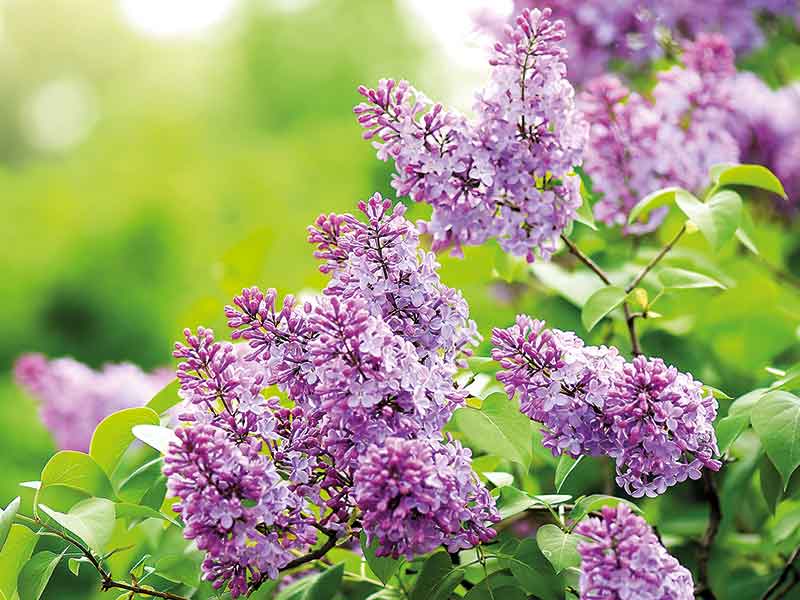When I was a little girl, nasturtiums ran riot in our garden; self-seeded from bird food my mum used to tell me
I always loved those bright splashes of orange but never realised they were edible. I don’t suppose it’s wise telling a child that they can eat flowers!
This Dairy Diary feature introduces us to many more than the nasturtium, including calendula, cornflower and viola, and how to use them with food.
Cooking with edible flowers
Cooking with edible flowers might seem like a modern trend, but floral dishes in fact draw on an ancient tradition that can be traced back to the Romans. Edible blooms contribute a genuine wow factor to a meal, adding texture, flavour and colour to both sweet and savoury dishes.
The ancient Greeks are believed to have added violets to their wine, while the imperial Chinese preferred their tipples brewed with chrysanthemums. Meanwhile, the Ottoman penchant for Turkish delight is yet another instance of flowers in gastronomic history. While the recent resurgence of cooking with flowers might be attributed to their good looks, making them perfect for the Instagram era, the roots of cooking with flowers run centuries deep.
In Britain, interest in edible blooms peaked in Victorian times: the era saw a new enthusiasm for flowers in all areas, including floriography, otherwise known as ‘the language of flowers’. The heightened significance of flowers and their associated symbolism had our 19th century forebears adding violets, primroses and borage blossoms to their meals. Petals were added to salads, used to decorate cakes or even pickled in vinegar.
Nowadays, as the appeal of local food continues to grow, native flowers frequently feature on the menus of Michelin-starred restaurants and farm shop cafés alike. A few scattered petals can elevate the appearance of a dish, adding an elegant and aesthetically pleasing touch. And should you choose to add flowers to your food, you are taking part in a time-worn tradition, motivated by the simple desire to make meals even more appetising and attractive.
Sourcing edible flowers
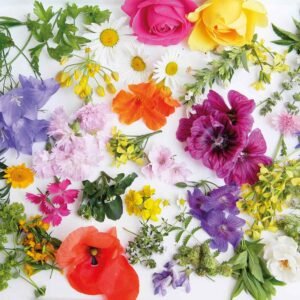 When it comes to sourcing flowers to eat, there are three main options: grow, buy or forage! Some supermarkets now stock edible flower punnets specifically for use in cooking, but you’ll mostly be buying cut flowers to put in the pan. For this reason, it’s important to opt for untreated flowers that haven’t been sprayed with preservatives. If growing your own, care for plants accordingly and avoid weedkillers.
When it comes to sourcing flowers to eat, there are three main options: grow, buy or forage! Some supermarkets now stock edible flower punnets specifically for use in cooking, but you’ll mostly be buying cut flowers to put in the pan. For this reason, it’s important to opt for untreated flowers that haven’t been sprayed with preservatives. If growing your own, care for plants accordingly and avoid weedkillers.
Foraging for edible flowers is another option. The bright hues make wildflowers easier to spot than greenery, so it’s an activity for curious children too. If you live in a city, foraging for edible flowers is still possible, but steer clear of busy roads or industrial areas where flowers might have been contaminated by pollutants.
The availability of edible flowers in the wild is seasonal, but there is almost always something to find apart from in deep winter. In spring, the cream heads of elderflower can be used to make cordial or decorate bakes. Elder leaves and bark are poisonous, so use the blossoms only. In summer, instead of cursing the dandelions poking up in your lawn, why not scatter the heads over salads? Once you tune into the possibilities, you’ll see edible flowers everywhere.
Using edible flowers
Remember not all blooms are edible: some are endangered while others can cause serious harm if consumed. Do your research and if in doubt, err on the side of caution. If buying edible flowers, always purchase from a florist or supermarket.
Hints and tips
- Wash flowers before use, or you might find a crunchy surprise in the form of an insect!
- Add edible flowers to salads for colour, texture and flavour. Nasturtium leaves are a great choice to add a spicy kick.
- Arrange small, whole flowers (try violets, violas or pansies) in ice cube trays, top up with water and freeze for stunning floral ice cubes.
- Add a few untreated rose petals to jam and preserve recipes for a floral twist.
- Most large supermarkets stock rosewater, orange blossom extract and botanical gins. You can add these to icings or glazes for floral bakes that are subtle but not overpowering.
- Many bolting edible plants produce blooms as they go to seed. If you grow your own broccoli or kale, add their yellow blossoms to stir-fries. Courgette flowers are an Italian delicacy. Most recipes recommend stuffing with soft cheese and herbs before deep-frying in batter.
- The flowers of the most common herbs are safe to eat. Chive, rosemary and coriander flowers are all delicious ways to add flowers to dishes.
- Edible flowers can also be used as natural food colourings. Calendula (yellow) was historically put to use to colour butter and rice while dried rose petals add colour to icings.
- If you suffer from hayfever or other plant-related allergies, it is a good idea to remove the stamen and pistils of flowers before eating.
Do-it-yourself candied flowers
Try this simple recipe for crystallised blooms. It provides reliably satisfying results, making it a great project to try with older children.
- Gather a selection of small edible flowers: calendula, violets and pansies are classic choices, but you should feel free to use whichever edible petals you have on hand.
- Gently beat an egg white with a teaspoon of water. Lightly coat the petals using a small brush, then sprinkle over caster sugar. Leave overnight to dry on a sheet of baking paper on a baking tray, then store in an airtight container.
- They will keep for a few days and can be used to decorate cakes, biscuits or other baked goods.
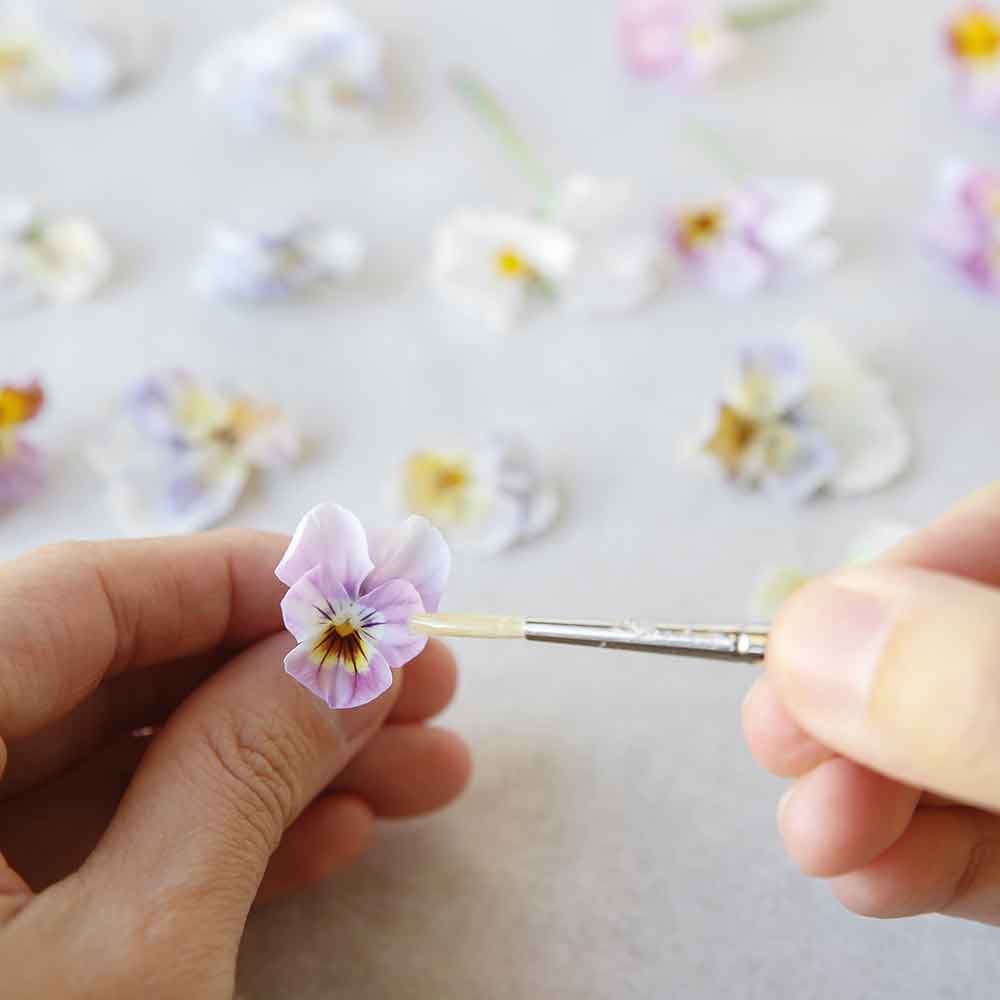
Six common edible flowers
- Calendula Also known as pot marigolds, these yellow and orange flowers have a flavour often likened to saffron.
- Cornflower The purple petals of this hardy annual flower have a spicy, clove-like taste.
- Lavender The delicate, lilac sprigs add sweetness to baked goods and a little goes a long way. Whole sprigs can also be used to garnish roast meats.
- Nasturtium Easy to grow (though they prefer poorer soils), nasturtiums have a peppery kick not unlike watercress. In addition to its edible flowers and leaves, the seeds can be pickled for an unusual alternative to capers.
- Rose The petals of the English national flower are faintly perfumed and can be used for decorative purposes or to make homemade rosewater for culinary use. Darker-coloured roses tend to have a stronger flavour. Remember to use untreated roses.
- Sweet violet, viola and pansy These small flowers are subtly aromatic and their diminutive size means they are perfect for using as a garnish or for cake decoration.

Spiced Elderflower Cordial
Makes 1½ litres (2½ pints) • Time 6 days
Calories 284 • Fibre 0.1g • Salt 0g • Sugar 75g
Fat 0g of which 0g is saturated
Suitable for vegetarians
Caster sugar 1kg (2lb 4oz)
Boiling water 900ml (1½ pints)
Citric acid 50g (2oz)
Elderflower heads 20, flowers snipped from stems
Lemon 1, thinly sliced
Limes 4, thinly sliced
Root ginger 50-75g (2-3oz), peeled & sliced
1. Put sugar in a bowl, add boiling water and stir until dissolved. Add citric acid and elderflowers; stir. Stir in sliced lemon, limes and ginger. Cover with clingfilm and put in a cool place for 6 days, stirring daily.
2. Place a colander or sieve over a bowl and line with muslin or clean J-cloths. Pour boiling water through to sterilise. Pour away water and wring out cloth.
3. Re-line sieve or colander, replace over bowl and strain the cordial through it. Discard elderflowers, lemon, limes and ginger.
4. Pour cordial through a funnel into two sterilised 75cl (1¼ pint) wine bottles. Seal with corks or screw caps and store in fridge. Will keep for a year or more. Serve diluted with chilled white wine, tonic or soda water, or top up with boiling water to make a hot toddy.
Iced Lavender Loaf
Fragrant and very pretty – this cake is irresistible! Try out this Iced Lavender Loaf for an Afternoon Tea or just as a treat. A Dairy Diary recipe. For more delicious recipes visit the Dairy Diary Recipe Collection.

Head of Dairy Diary; I’m passionate about producing high quality products that our customers will cherish. I’m also a mum of three and I enjoy cooking, walking, gardening and art with my family, as well as lino printing (if I find time!)

